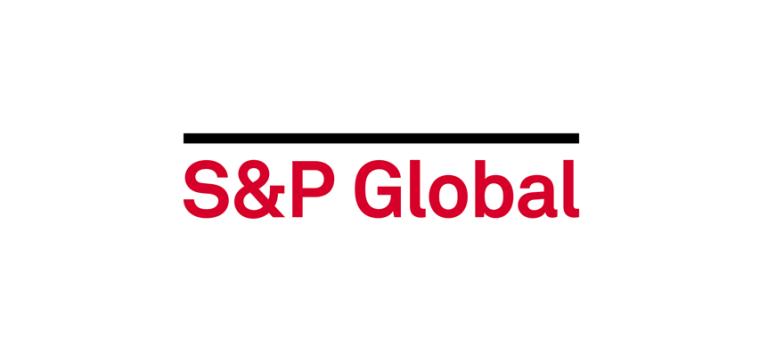Driving Outcomes With Vaulting Innovations

Historically, businesses have viewed payments vaults as a security and compliance cost of doing business, but with advancements in areas such as tokenization and life-cycle management, vaults can already help merchants save time and money. PYMNTS examines how third-party vault automation can drive new sources of value and revenue across the payments ecosystem.
PYMNTS interviews Jordan McKee, FinTech research and advisory group lead, Technology, Media and Telecoms (TMT) at S&P Global Market Intelligence, about the value that payments vaults offer merchants and consumers — and the potential for further innovation.
—
![]() Payments vaults bring value to merchants with security, compliance and credential optimization. McKee said that between efficiencies and the potential to increase authorization rates with network tokens and card-account updates, payments vaults already have value built in. In the past, merchants have seen elements such as vaults that are related to processing payments as a cost of doing business. McKee said they are now waking up to the potential for these to aid in revenue generation as well. Additionally, the current economy is motivating merchants to look for ways to make their payments stacks more efficient and cost-effective. Cost concerns have been growing, and vaults are ripe for innovations that meet those needs.
Payments vaults bring value to merchants with security, compliance and credential optimization. McKee said that between efficiencies and the potential to increase authorization rates with network tokens and card-account updates, payments vaults already have value built in. In the past, merchants have seen elements such as vaults that are related to processing payments as a cost of doing business. McKee said they are now waking up to the potential for these to aid in revenue generation as well. Additionally, the current economy is motivating merchants to look for ways to make their payments stacks more efficient and cost-effective. Cost concerns have been growing, and vaults are ripe for innovations that meet those needs.
Consumers understand the value of vaults as well. Vaults can improve the consumer experience in ways that appear seamless to the end user but offer clear benefits in regard to payments friction. McKee raised the example of someone with a subscription to a streaming service. An expired credit card could easily interrupt their service, something they may not realize until they go to watch a show and are interrupted by needing to update payment information. There is even a chance of the consumer deciding that updating information is not worth the hassle, resulting in the service losing a customer. With card vaults and network tokenization, those interruptions and hassles do not have to happen.
Vaulting still has plenty of room for innovation and improvement, particularly for automation. As it has elsewhere, greater automation of vault management can free up company resources and head counts. Even something that may appear relatively small on a case-by-case basis, such as removing duplicate or stale payment credentials, can become a significant cost savings with rule-based automation. There is also an opportunity to improve the orchestration capabilities of payments vaults, such as making connections to card network tokenization platforms more efficient. With the correct vaulting setup, tokenization can be handled automatically without close management by merchants.![]()
As vaults become more than just a necessary cost, the advantages of working with a third party grow. Setting up and managing a vault in-house involves significant operational complexity, with full-time employees dedicated to building, maintaining and managing it. It also comes with a big price tag. The one advantage that can tempt businesses to build and manage a vault in-house is the customization potential that comes with having ownership, but as that potential grows, so does the complexity associated with that customization. McKee said the better solution is to look for a third-party provider that has both the expertise and economies of scale as well as the ability to tailor vault customization to a company’s needs.
Vaults are becoming more than just a security and compliance mechanism and will be intrinsic to driving growth in the future. McKee said there is going to be greater emphasis on vaults driving business outcomes, such as through intelligent payment credential management, abstracting operational complexity of day-to-day management and greater automation and autonomy. Security and compliance will always be at the core of vault functionality, but merchants increasingly will expect vaults that drive value for their businesses in areas such as automated management, increased transaction success rates and reduced overhead.